After nearly 7 months in a pandemic, childcare needs have returned to pre-COVID levels. This may reflect some combination of parents returning to work and partial or interrupted school openings.
Childcare needs back to pre-COVID levels
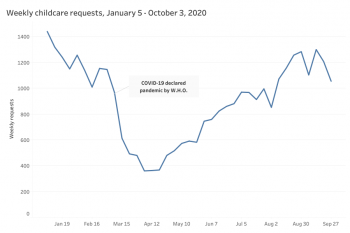

After nearly 7 months in a pandemic, childcare needs have returned to pre-COVID levels. This may reflect some combination of parents returning to work and partial or interrupted school openings.

2-1-1s serving as the primary COVID-19 helpline in their service area appear to be reaching a broader cross-section of Americans. One explanation is that by virtue of their increased visibility in responding to COVID-19, 2-1-1s in the former group are reaching a more diverse group of callers, who are – in every poverty-level category – more likely to be seeking COVID-19 information.
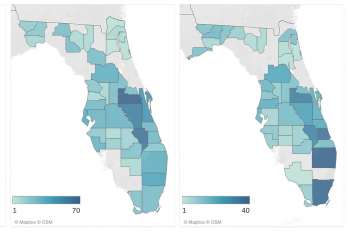
Food needs in Florida are high since COVID-19, but vary by region with rates of food pantry requests highest in the panhandle, SNAP requests highest around Orlando, and home-delivered meal requests highest on the southeastern coast.
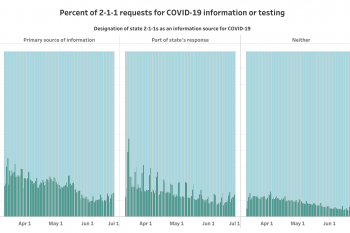
States that are partnering with 2-1-1s in their COVID response are generating more COVID requests to 2-1-1. The charts below show requests for COVID-19 information each day during the pandemic as a proportion of all requests received. In states that partnered with 2-1-1, a larger proportion of requests were COVID-related.
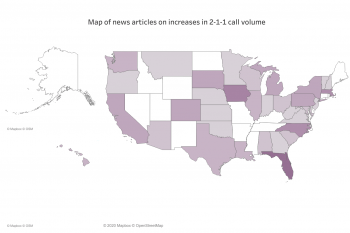
2-1-1s are responding to record-breaking call volume across the U.S., and people are noticing. A search of “211” in the news section of any web browser yield thousands of results in the last month alone. While most are only brief mentions referring readers and viewers to 2-1-1 for help, many are covering the story of 2-1-1s’ response to COVID-related needs.
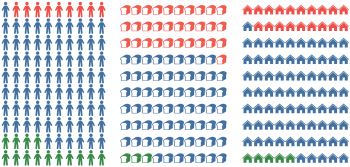
Last Sunday’s report, “High-poverty ZIP codes hurting most for food, rent during COVID-19,” was so popular that we recreated it including all 31 states for which 2-1-1 data are available. This is up from the original seven states, and we’ve also added four more days of data, through yesterday. In all, we analyzed over 150,000 […]
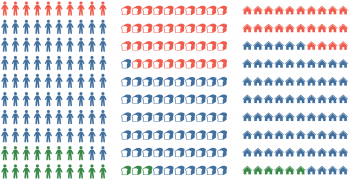
People living in high poverty ZIP codes make up 10% of the population but account for 39% of all requests for food assistance during COVID-19. They also account for a disproportionate share of requests for help with rent or mortgage payments. We examined over 50,000 requests for food, rent and mortgage assistance received by 2-1-1 […]
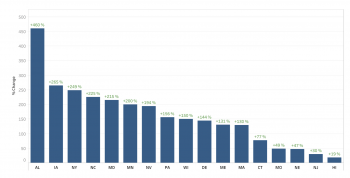
In most states, about 1 out of every 10 calls to 2-1-1 helplines is from someone seeking help with their monthly rent payment. It is one of the most frequent requests, and in many states the most frequent request. In a single year, 2019, five states alone – MD, MO, NC, NY, PA – accounted […]

In a typical week, 2-1-1s get hundreds of requests from people looking for a food pantry to help feed their families. In Wisconsin, 2-1-1 receives over 500 such requests a week, Maryland and Pennsylvania get 200 requests a week, and Alabama, Missouri and Nevada get over 100 weekly requests. We examined food pantry requests from […]
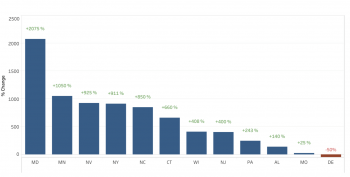
Low-income Americans whose health, age or disability makes it difficult to prepare their own meals or travel to places that serve meals are sometimes eligible for home-delivered meals. Meals-on-Wheels is a well-known example of a home-delivered meal program. Some people call 2-1-1 to get help getting connecting to home-delivered meal programs. Because of the highly […]